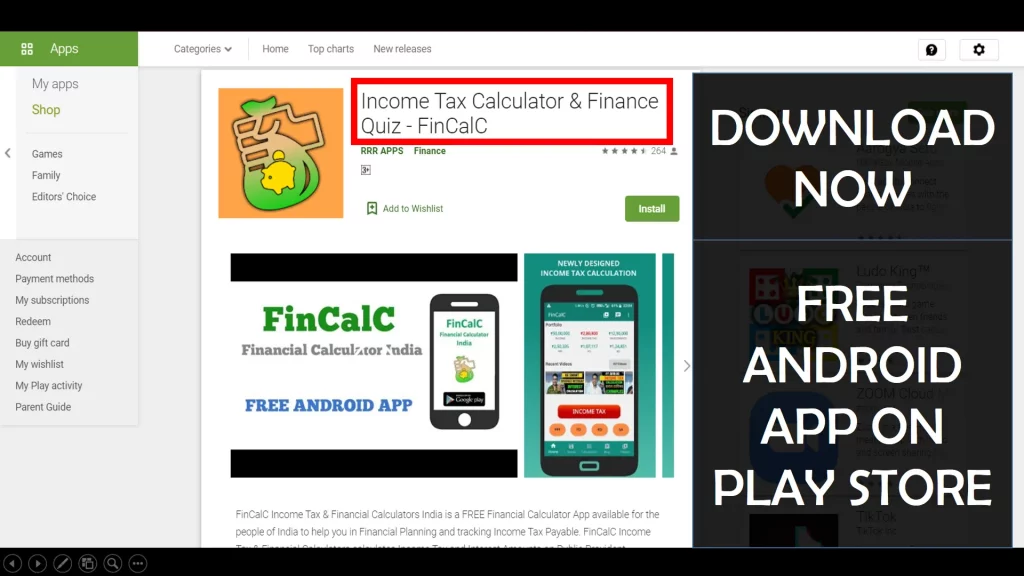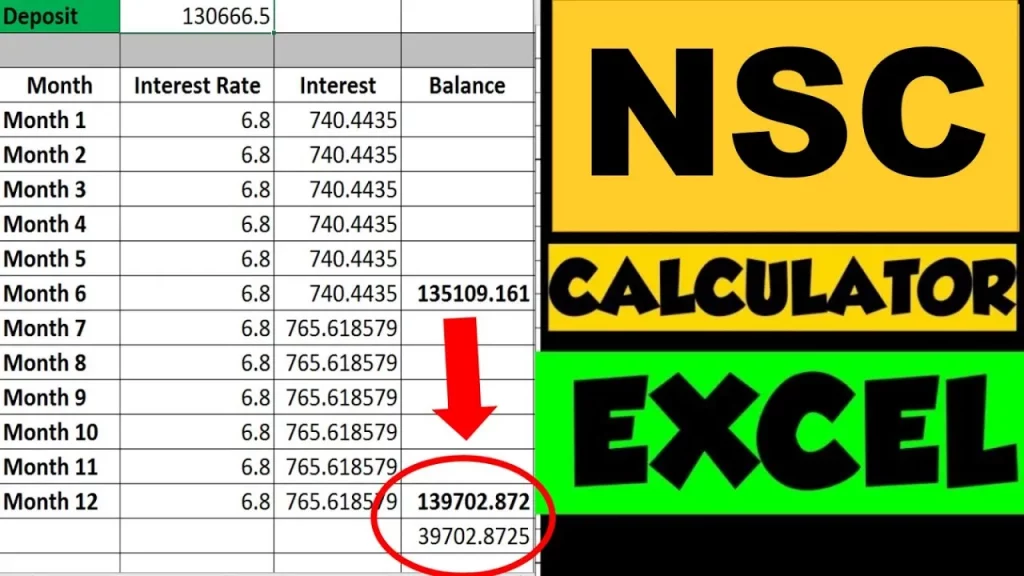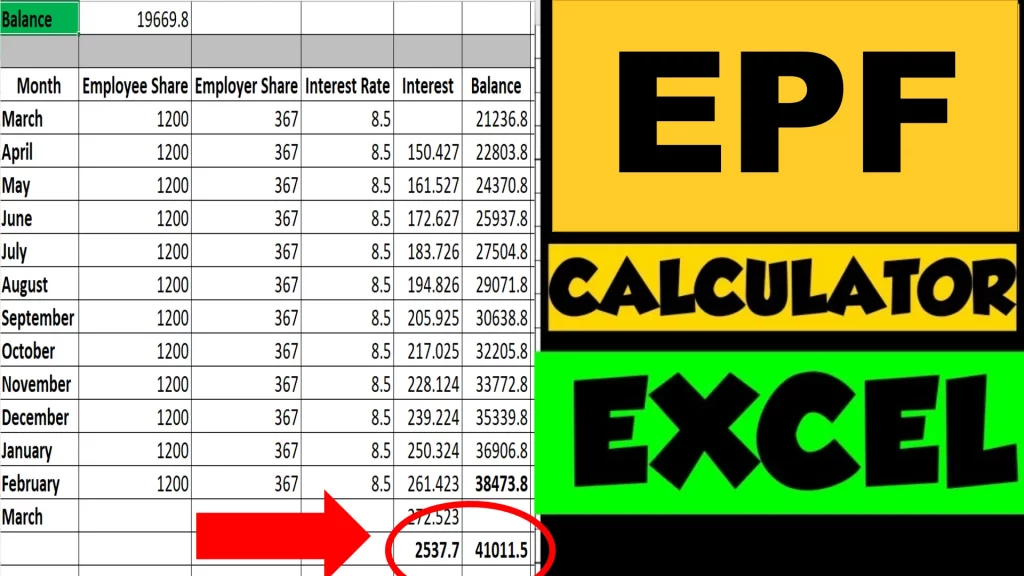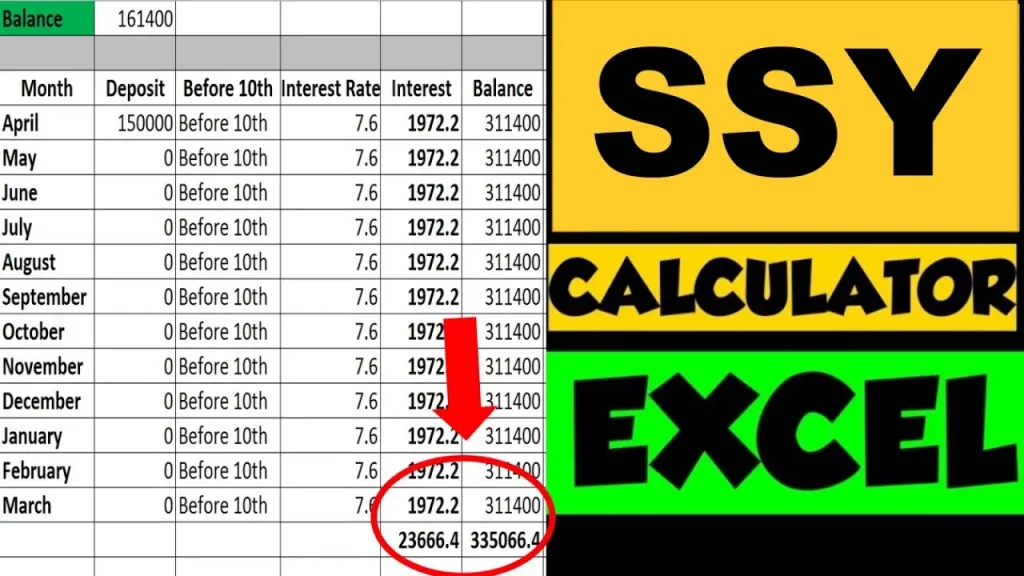Are you looking to get your finances in order? You may have come across the 50 30 20 rule of budgeting in Financial Planning. This rule is a great way to start planning your finances and ensuring that your spending aligns with your goals.
According to 50 30 20 rule, you must allocate 50% of your earnings to necessities, 30% earnings to your wants and 20% earnings to savings or investments. While it is up to you to save more aggressively to achieve your financial goals faster and interchange the allocation of wants with investments. And it would be great if you are able to invest 50% of earnings in your scenario which is the ideal situation everyone is looking for.
Although there’s no one-size-fits-all approach to financial planning, the 50 30 20 rule is a general guideline that can help you get started.
You must’ve guessed that this blog post will extensively discuss this budgeting percentage rule. But before getting to know how it works and its importance in your day-to-day life, let’s address the constant battle we all face – Saving vs spending!
How Much to Save & How Much to Spend?
Saving money is essential. It gives you a cushion to fall back on in an emergency and helps you reach your financial goals. But how much should you save? And how to resist the temptations? This is an eternal debate.
There’s no one correct answer to this question. Here comes the golden personal finance rule into play – The 50 30 20 rule. This rule says that 50% of your income should go towards essentials, 30% should go towards wants, and 20% should be saved.
Of course, this is just a guideline. You may need to adjust the percentages based on your unique circumstances. But following this rule can help you figure out how much to save each month.
If you are able to stick to the 50 30 20 rule, you will find yourself with a healthy savings account balance in no time.
Love Reading Books? Here are some of the Best Books you can Read: (WITH LINKS)
How Does the 50 30 20 Rule of Budgeting Work?
Basically, the 50 30 20 rule helps you manage your money in a way that’s both effective and sustainable.
Here’s how it works:
50% on Necessities
Half of your after-tax net monthly income goes towards essential expenses. These are unavoidable expenses of almost the same value every month.
Some examples of essential or necessary expenses are housing, food, transportation, and healthcare.
If you find your basic expenses exceeding 50% of your net income, you can bend the rule according to your individual circumstances. If possible, you can also look into some of your activities. For instance, try walking to work or downsizing your living arrangements.
30% on Wants
30% of your net income goes towards discretionary expenses like entertainment, travel, and shopping. These expenses are categorized as leisure because you can live without them. But they make you feel alive. Some leisure expenses include vacations, dining out, holidays, shopping, etc.
That’s the beauty of this savings rule of thumb. It lets you save without depriving you of the pleasures of life. You can easily adjust your recreation activities in this 30% bracket. This will also teach you to postpone certain expenses for next month.
20% on Savings & Debt Repayment
The last 20% of your income goes towards fulfilling your financial goals, building a life, and attaining financial security. It may range from savings for emergency and student loan repayment to paying for retirement plans and housing loans.
The sum saved can be kept in a savings account securely. A zero balance digital savings account with no balance would be ideal because it opens up quickly and has no requirements for a minimum balance.
This is the least amount of your income. But without this amount being planned and appropriately allocated, all your other endeavours to make money are useless.
The key is to find the right balance. Suppose you spend more than 50% of your income on essential expenses. In that case, you may need to cut back on some of your discretionary spendings to free up more money for savings and debt repayment.
If you stick to the 50 30 20 rule, you will be on your way to a healthy financial future.
ALSO READ: How to Start SIP in Mutual Funds Online
Why Do You Need the 50 30 20 Rule?
Do you still doubt the need to apply the 50 30 20 saving rule of thumb? Well, these are the specific reasons why you need this budgeting percentage rule in your life!
You can fix a specific amount every month to not only save but also to spend. You can build wealth and beat inflation in the long run by consistently investing 20% in the right investment plans.
More and more companies are withdrawing from providing retirement benefits to employees. What does it mean? You are on your own in old age! The 50 30 20 rule equips you with the financial discipline required to save for such rainy days.
Unconventional career choices are popular these days. They give you everything but a guarantee of income. If you follow the 50 30 20 personal finance rule, you can easily survive the days when you don’t get much work. It also gives you a cushion when you want to change your career and earn less money in the beginning.
Disadvantages of poor personal finance
Without a sound financial plan or budget, it is quite simple to spend more than you have. Over time, this could place you in serious debt.
Unexpected things happen to everyone, and frequently these occurrences might result in significant financial outlays. Incompetent money management could lead to tragedy because you are unprepared for such significant costs.
Poor finances can cost you your health. Your appetite, mood, and capacity to focus can all be affected by financial hardship, which can also raise your blood pressure.
Conclusion
50 30 20 rule is one of the best ways to live a stress-free life. It helps us cover our expenses, have some entertainment and save for the future in a systematic way.
Also it is very important that you understand how income tax is calculated on your income to save on your income tax and be systematic in above mentioned approach.
Some more Reading:
- Rs. 1000 SIP Returns Calculation for 15 Years
- PPF vs Mutual Funds Returns Calculation and Comparison
- Savings Account Interest Calculation using Excel
Save Home Loan Interest Amount!
Use Home Loan Excel Calculator that will help you to Save Interest Amount on Home Loan EMI.
Click below button to download Home Loan EMI and Prepayment Calculator in Excel:
Watch how Home Loan Calculator in Excel Works
Income Tax Calculator App – FinCalC
For Income Tax Calculation on your mobile device, you can Download my Android App “FinCalC” which I have developed for you to make your income tax calculation easy.
What you can do with this mobile App?
- Calculate Income Tax for new FY 2024-25 and previous FY 2023-24
- Enter estimated Investments to check income tax with Old and New Tax Regime
- Save income tax details and track regularly
- Know how much to invest more to save income tax
- More calculators including PPF, SIP returns, Savings account interest and lot more

Use Popular Calculators:
- Income Tax Calculator
- Home Loan EMI Calculator
- SIP Calculator
- PPF Calculator
- HRA Calculator
- Step up SIP Calculator
- Savings Account Interest Calculator
- Lump sum Calculator
- FD Calculator
- RD Calculator
- Car Loan EMI Calculator
- Bike Loan EMI Calculator
- Sukanya Samriddhi Calculator
- Provident Fund Calculator
- Senior Citizen Savings Calculator
- NSC Calculator
- Monthly Income Scheme Calculator
- Mahila Samman Savings Calculator
- Systematic Withdrawal Calculator
- CAGR Calculator
I’d love to hear from you if you have any queries about Personal Finance and Money Management.
JOIN Telegram Group and stay updated with latest Personal Finance News and Topics.
Download our Free Android App – FinCalC to Calculate Income Tax and Interest on various small Saving Schemes in India including PPF, NSC, SIP and lot more.
Follow the Blog and Subscribe to YouTube Channel to stay updated about Personal Finance and Money Management topics.
Author Bio:

Naina Rajgopalan has a thing for numbers and a deep fascination to learn about all things finance. She’s been money-wise from a young age and has always shared her knowledge and tips with those around her. Being a part of the content team at Freo Save, a neobank that offers a 7% interest rate on savings along with benefits such as insurance on balance, safe & secure banking, and so on, Naina stays updated with the latest of what happens in the banking and fintech industries. She has taken upon herself to share her knowledge with readers across all walks of life to help them manage their finances and budgets better, so they can make better decisions while spending, borrowing, investing and saving.









